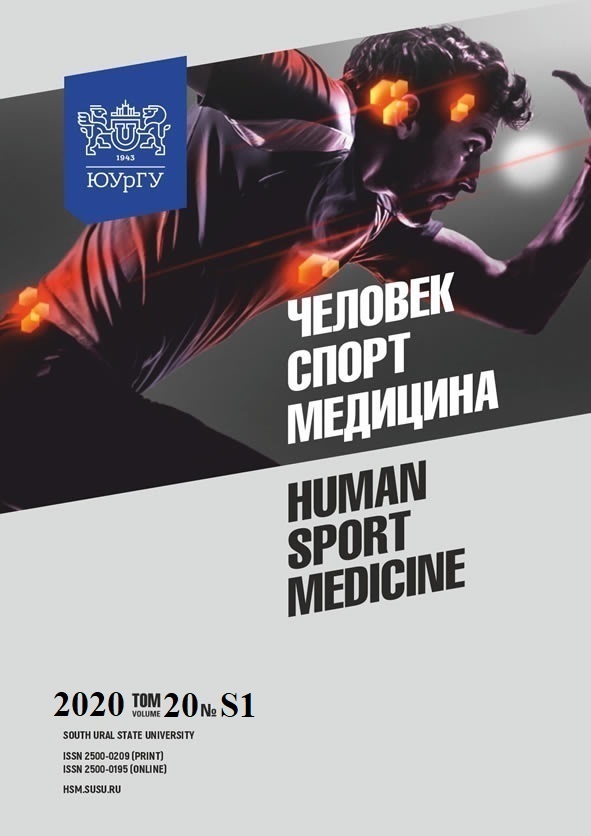DYNAMICS OF TRAINING DISTRESS, PERFORMANCE, AND EXCRETION OF CORTISOL AND CORTISONE IN URINE DURING SIX WEEKS OF TRAINING IN ELITE SWIMMERS
Abstract
Aim. Optimal balance between training intensity and recovery is of particular importance for elite swimmers in order to improve their results. The aim of this study was to record the dynamics of training distress, performance, and excretion of cortisol and cortisone in urine during six weeks of training in elite swimmers. Materials and Methods. Twenty-four participants (10 women and 14 men) from the national swimming team of Bulgaria took part in this study, with an average age of 18.7 ± 3.78 years. Training distress (TDS) and urine concentration of cortisol and cortisone were evaluated every two weeks. In total, the measurements were taken on the 1-st (T1), 14-th (T2), 28-th (T3) and 42-nd days (T4). Anthropometric measurements were also taken at T1 and T4, and body fat percentage and muscle mass percentage were calculated by skinfold methods. Results. The TDS score at T4 (6.92 ±7.15) was significantly lower than this at T1 (14.96 ± 10.63) and T2 (15.21 ± 12.44). The concentrations of cortisol at T3 (35.9 ± 47.7) and T4 (35.0 ± 24.2) were also significantly lower than that registered at T1 (82.7 ± 62.8). The concentration of cortisone did not show any significant differences across T1 to T4, but the sum of cortisol and cortisone urine concentration was significantly lower in T3 and T4 vs T1. Conclusion. The significantly reduced cortisol concentration in urine in T4, as well as the sum of the concentrations of cortisol and cortisone, were in line with the reduction of the TDS score in T4.
References
References on translit
Copyright (c) 2020 Human. Sport. Medicine

This work is licensed under a Creative Commons Attribution-NonCommercial-NoDerivatives 4.0 International License.















